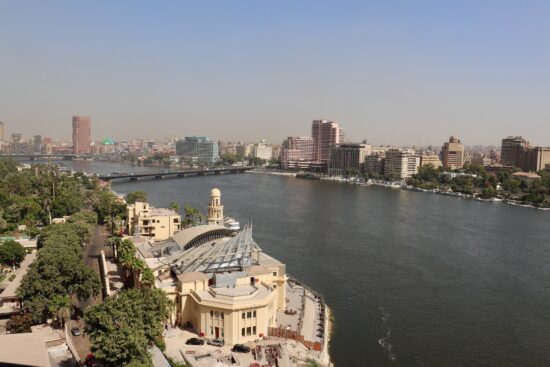Urbanization drives antibiotic resistance on microplastics in Chinese river
Microplastic pollution of waterways has become a huge concern, with the tiny pieces of plastic entering food webs and potentially having harmful effects on animals and people. In addition, microplastics can act as breeding grounds for antibiotic-resistant bacteria. Now, researchers reporting in Environmental Science & Technology have analyzed antibiotic-resistance genes (ARGs) on five types of microplastics at different locations along the Beilun River in China, finding much higher abundances in urban than rural regions.
In rivers, major sources of microplastics include textile fibers from laundering, water bottle fragments, and films from bags and wrappers. Also prevalent in rivers are antibiotic-resistant bacteria and ARGs, introduced through wastewater discharge and urban or agricultural runoff. Microplastics can act as a favorable surface for bacteria to colonize and grow into biofilms, where they can spread ARGs among themselves. Li Cui and colleagues wanted to examine the prevalence and diversity of ARGs on microplastics in the Beilun River, which flows from mountainous rural areas through Chinese and Vietnamese cities before entering the Beibu Gulf.
AMR NEWS
Your Biweekly Source for Global AMR Insights!
Stay informed with the essential newsletter that brings together all the latest One Health news on antimicrobial resistance. Delivered straight to your inbox every two weeks, AMR NEWS provides a curated selection of international insights, key publications, and the latest updates in the fight against AMR.
Don’t miss out on staying ahead in the global AMR movement—subscribe now!







